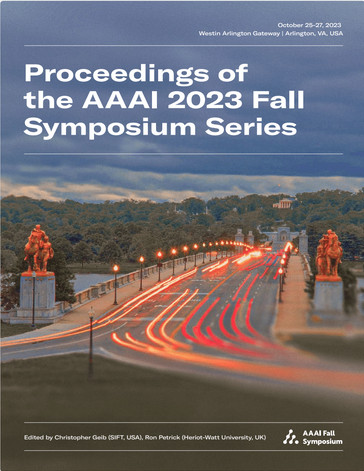Deep Learning Aerosol-Cloud Interactions from Satellite Imagery
DOI:
https://doi.org/10.1609/aaaiss.v2i1.27664Keywords:
Deep Learning, Surrogate Modeling, Emulation, Drift-diffusion, Convolutional LSTM, Image Analysis, Aerosol-cloud Interactions, Climate Intervention, GeoengineeringAbstract
Satellite imagery can detect a wealth of ship tracks, temporary cloud trails created via cloud seeding by the emitted aerosols of large ships, a phenomenon that cannot be directly reproduced by global climate models. Ship tracks are satellite-observable examples of aerosol-cloud interactions, processes that constitute the largest uncertainty in climate forcing predictions, and when observed are also examples of Marine Cloud Brightening (MCB), a potential climate intervention strategy. Leveraging the large amount of observed ship track data to enhance understanding of aerosol-cloud interactions and the potentials of MCB is hindered by the computational infeasiblity of characterization from expensive physical models. In this paper, we focus on utilizing a cheaper physics-informed advection-diffusion surrogate to accurately emulate ship track behavior. As an indication of aerosol-cloud interaction behavior, we focus on learning the spreading behavior of ship tracks, neatly encoded in the emulator's spatio-temporal diffusion field. We train a convolutional LSTM to accurately learn the spreading behavior of simulated and satellite-masked ship tracks and discuss its potential in larger scale studies.Downloads
Published
2024-01-22
Issue
Section
Artificial Intelligence and Climate: The Role of AI in a Climate-Smart Sustainable Future

